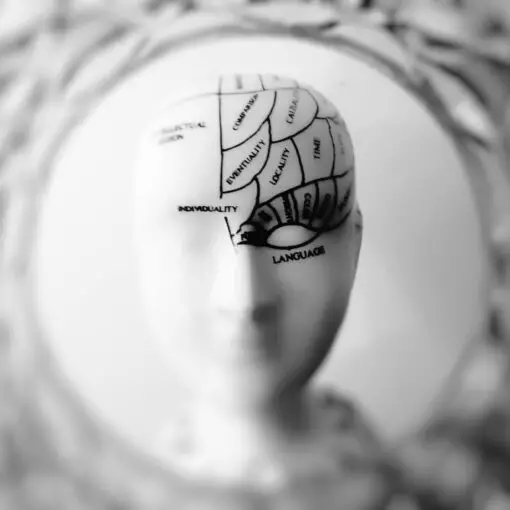Most people think of high academia when they hear the phrase “critical thinking.” They have a natural tendency to associate it with higher learning. While that may be true, it may surprise people to know that everyone uses critical thinking skills every day.
Critical thinking is defined as looking at an issue objectively, gathering information, analyzing it, and then forming a judgment about it. It is void of emotionally-responsive decision making but takes an analytical approach. People unknowingly participate in examples of critical thinking in everyday life.
Critical Thinking On the Job
Employers love those who have critical thinking skills and will promote those employees to management. The key plus here is those who can use these skills can solve problems that are bound to occur in a workplace daily.
For instance, someone with critical thinking skills is going to be able to put together an effective team for a project and be able to manage the team. They can understand all team members’ talents and contributions while inputting their own.
Critical thinkers don’t jump to conclusions when a problem arises but gathers information to make an informed decision. They can see the situation as someone else sees it. This is invaluable when dealing with employees.
Another aspect of critical thinking skills on the job is those with this ability manage their time wisely. They know how to prioritize duties and can judge the rate of success return on time spent on various tasks, so they spend more time on those things with a high return rate.
Specific Examples Demonstrating Critical Thinking
Examples of critical thinking in everyday life abounds in all parts of life. A triage nurse will use it to prioritize patients for treatment and a plumber uses it when he decides what materials he needs to complete a job
A store manager uses it after he gets customers’ feedback to make changes in his shop and an attorney uses it to create a winning courtroom strategy.
Critical Thinking in Your Personal Life
Everyone uses critical thinking at some point. Small business owners need it to figure out how to increase costs, keep employees happy or reduce costs and a soccer coach uses it to create a tactic to maximize his team’s strengths and minimize weaknesses.
However, some of the most useful ways all of us use critical thinking is with others in our lives. That includes our families, our friends, and our co-workers.
One perfect example is when a spouse comes home after a hard day at work. Someone with critical thinking skills immediately assesses the situation to see how they can help. They stand back for a few moments to gather information, to hear what their spouse has to say.
Then, they may suggest a solution to the problem or even propose the two of them do something fun to take their minds off it. The suggestions rely solely on the fact-gathering and knowledge of their spouse’s personality and a judgment of the situation. That is critical thinking.
Parents are some of the best critical thinkers on the planet because they have to access their children’s behavior and make judgments on how to handle it all day long, every day. The process is the same as any other in the critical thinking spectrum.
They ask open-ended questions, get information, make a judgment, and offer insight. This happens in households multiple times a day.
What All Does Critical Thinking Involve?
Critical thinking happens quickly for most people so it can be difficult to break down into segments. However, six aspects of it are important.
Gathering information
Critical thinkers wait until they have more information before creating a judgment. They know how to obtain the necessary information.
Communication skills
Those gathering information know how to communicate to get it. They are good at this process and ask open-ended questions to allow others to express themselves freely.
Thinking creatively
This is one of the most important aspects of critical thinking. It can be called “thinking outside the box” but it’s a recognition that some solutions aren’t right in front of you. There are times you have to go beyond the normal policies and procedures to achieve a positive result.
This is especially true in areas of customer service, medicine, the law, and even in professional services such as wedding coordinating.
Being open-minded
This aspect is important to critical thinking because it means you are listening to others’ opinions and information rather than relying solely on your own. You can look to others and know there can be more than one solution.
Problem-solving skills
This trait appears toward the end of the critical thinking process. You make a judgment and come to a solution after evaluating everything. It is the ability to solve a problem with the resources you have by creatively reassigning them or using them in some other way.
Can Children Learn Critical Thinking?
Children need to develop critical thinking habits early as it helps them grow into strong leaders. Parents can help their children learn these habits by encouraging reading of diverse materials, and helping them back up their ideas with evidence.
Parents who encourage learning and allow children to debate them on some subjects will find their child is more confident in their critical learning skills. This is how they practice analytically expressing their thoughts.
One important aspect of teaching children critical thinking skills is to guide them through making decisions instead of making all decisions for them. They gain confidence in their abilities this way.
Conclusion
Critical thinking skills are a higher level of learning but it is something that is accessible to everyone of all types of intelligence. Critical thinking was probably one of the primary contributors to the survival of the human species.
People should realize how valuable it is with these examples of critical thinking in everyday life, and work to pass on these same skills to their children. That way, they won’t have to learn them through trial and error as many people do and will have a leg up on leadership qualities for the future.





